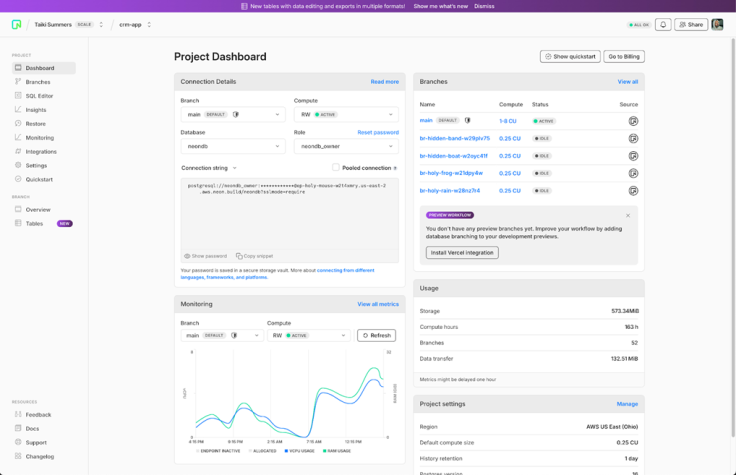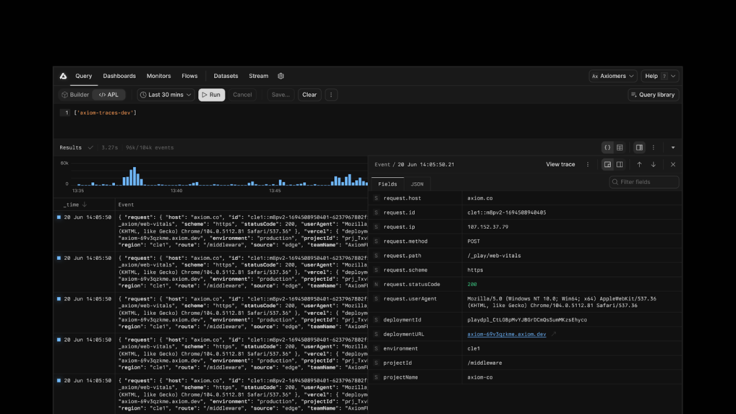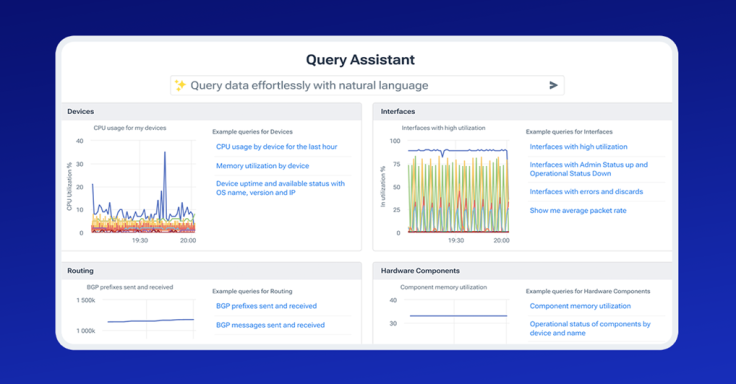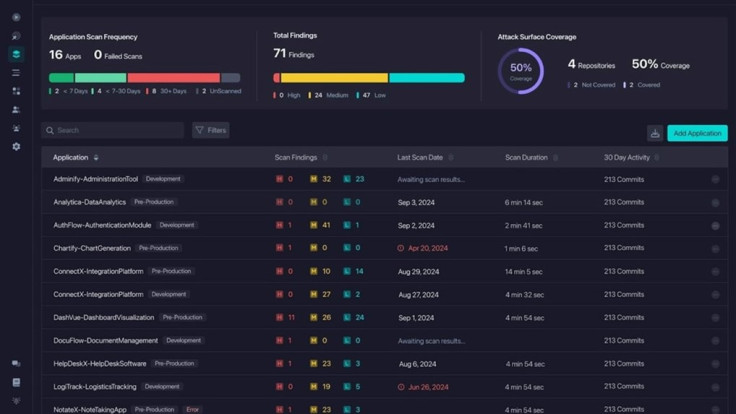NEON

You may have seen that Neon recently received a $25 million injection of cash from M12, Microsoft's venture fund. You may have also seen the explosive growth of Postgres over the last few years, which has become the database of choice for engineers building cloud applications. This ambitious company is striving to make their serverless Postgres platform the easiest and most efficient way to spin us Postgres databases.
Sources say developers are spinning up thousands of databases on the Neon platform every single day (yes, you read that right)—and we expect this company to announce some major partnerships in 2025.
GROUNDCOVER

groundcover is an eBPF-driven observability platform that is approaching the market in unique ways and disrupting traditional monitoring tools. For anyone unfamiliar with eBPF, it is a revolutionary technology that works at the Linux kernel, and because it operates at the kernel level, teams can implement observability, security, and networking functionality with the ability to oversee and control the entire system.
They are also pioneers of what can be called "SaaS 2.0," which provides all of the benefits of a SaaS experience while simultaneously allowing customers to keep all of their data on-prem. This has tremendous benefits when it comes to price, performance, and security that will intrigue enterprises and startups alike that are trying to cut down on their large bills from more traditional providers.
The company also recently launched native dashboarding, which looks sleek and will certainly be something to show off on the floor at conferences throughout 2025.
AXIOM

For anyone looking for a disruptive player in the logging and data management space, Axiom needs to be on your radar. Not only does the company enable enterprises to store all of their data, forever, for cheap—it can also be queried in real time and pipelined to 3rd party services. The company was listed as a Forbes Rising Star, and we expect to see some major announcements from this company related to AI in the coming year.
Axiom helps engineering teams avoid data gymnastics like sampling with their ultra-efficient block format on object storage, empowering businesses to keep all of their data and query it on demand. Axiom also intelligently unifies logs and distributed traces in the same database, providing unprecedented visibility and control. Built-in data routing capabilities ensure freedom from vendor lock-in, and their thoughtful approach to ingest storage and query leverages the best of cloud technology to deliver unmatched performance and cost-effectiveness.
GRAVITEE

Depending on the size of the organization, there can be thousands to tens of thousands of APIs needed to run a modern business in the cloud. If we are being honest, in modern cloud environments with a microservices architecture, it is impossible to wrangle the problem of API sprawl without a platform like Gravitee.
Gravitee is a clear leader in API management that provides developers with a seamless experience to expose and consume APIs. Beyond developer experience, the company also ensures that the enterprise architects can easily add a governance layer to ensure APIs are used within set parameters. While there are major competitors to consider, Gravitee has an edge in its ability to unify APIs across any broker or gateway.
KENTIK

Kentik is a Network Observability platform that democratizes the ability to ask complex network questions and get fast answers. For example, Kentik Query Assistant promises that users can ask a question in natural language, while the Kentik platform performs all of the complex analysis behind the scenes to provide real-time answers for rapid network troubleshooting. The company also announced AI-assisted workflows under the name "Journeys AI," and we imagine this is just the beginning for this ambitious company.
Network Observability is an evolution of network performance monitoring that provides enterprises with more intelligent capabilities for complex networks. The addition of AI helps network teams optimize network health with real-time monitoring and alerting. Kentik unifies traffic flow with real-time and streaming device metrics in one SaaS platform, which lets network engineers correlate heterogeneous telemetry data from distributed infrastructure components.
STACKHAWK

One of the more effective campaigns in cybersecurity last year was StackHawk's framing of the three core pillars of shift-left API security. Put in simple terms, businesses need a way to discover their APIs, test their APIs, and ultimately have oversight (what issue needs solving now, etc.).
The first pillar alone—API Discovery (which leverages source code to obtain the full scope of an organization's APIs and applications)—is a tremendous value- add to any modern organization. From there, StackHawk promotes a shift-left mindset with automated API security testing, and finally API Oversight—which goes beyond what a traditional dashboard provides by offering assistance when it comes to prioritization and surfacing actionable insights.
One potential issue for StackHawk is that API security testing is traditionally thought of as something that happens in production. As we've seen across every vertical throughout the tech stack, however, there are tremendous benefits in shifting left and catching issues earlier—and StackHawk is the main player advocating for this shift in the world of API security.







